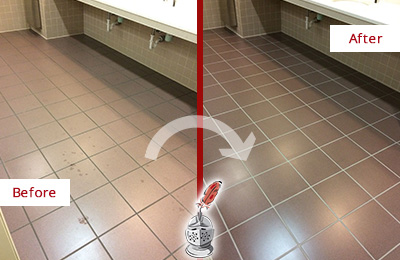Exactly how to Prevent a Water Damaged Bathroom
Exactly how to Prevent a Water Damaged Bathroom
Blog Article
What're your beliefs on How to Fix a Water Damage Bathroom?

The bathroom is incredibly prone for wet accumulation and prospective water damage because of the regular use water in it. This write-up offers straightforward examination strategies to aid detecting water damage hazards.
The frequent use of water in the restroom makes it incredibly vulnerable for moist accumulation as well as prospective water damage. By inspecting it regularly, you can reduce water relevant problems.
The following set of inspections is very easy to do as well as ought to be done once in every three months in order to keep your restroom in good shape and to prevent potential water damages brought on by the bath tub, the shower, pipeline joints and also plumbing, sinks, cupboards, as well as the bathroom
Do not forget executing these evaluations as well as be comprehensive while performing them. Keep in mind that these straightforward assessments can conserve you a lot of money by providing very early signs for water damage
Bath tub and also Shower
The shower as well as bath tub call for unique interest and upkeep. Check the ceramic tiles and replace if fractured. Make certain that there is no missing out on grout in between the floor tiles. Check and replace fractured caulking at joints where the wall surfaces meet the floor or the bath tub. Blocked drains and pipelines issues will certainly stop the bathtub from drying out and might suggest major problems underneath the tub. Consult with a specialist promptly to prevent architectural damages. Pay attention to stainings or soft areas around the bath tub walls as they may suggest an internal leakage.
Plumbing
Signs for water damage are tough to find because the majority of pipes are installed inside the wall surfaces.
Pay unique attention to floor covering and wall surfaces moisture and also spots as they might suggest an unseen plumbing issue. Examine wetness degrees in adjoining areas also.
Sinks and also Cabinets
Sinks as well as closets are subjected to dampness and humidity day-to-day and are usually neglected. Evaluate frequently under the sink and also on the countertop over it. Repair any kind of drip in the trap as it might recommend drain troubles. Look around the sink, sluggish draining pipelines might indicate an obstructed drainpipe. Change sink seals if they are fractured or loose.
The Bathroom
The commode is a susceptible water joint. Check the water lines and also search for leaks around the commode seat, in the hose, as well as under the water container. If you detect any indications of dampness on the floor around the bathroom, look for leaks in the toilet rim as well as container seals.
Be aware that hanging bathroom dish antiperspirants increases the possibilities for blockages.
Water Damage Signs In The Bathroom To Avoid Cleanup
Musty smell
This is one of the easiest signs to catch because musty smells are so odorous. The damp, earthy, moldy smell should be a big red flag. The smell will develop when moisture gets trapped in surfaces, and begins to facilitate mold growth. Leaking pipes under cabinets, inside walls, and behind shower fixtures will cause moisture to stay trapped and not dry, which will lead to mold growth and spread. As soon as you notice any musty smells in your bathroom, have it checked for hidden water damage and cleanup signs.
Visible mold
If the smell isn’t there to give it away, sometimes you will actually see mold growth. Finding mold in your bathroom is a serious problem, because mold is very harmful to your health. By the time mold growth is visible, it also means that water damage has already occurred and been present for some time. The only way the mold problem can be resolved is to find the source of the moisture and get it stopped. To safely and adequately remove mold, you need to have professionals handle the remediation. Do not waste any time in getting mold problems addressed, fixed, and sanitized so that you can protect you and your family from the many respiratory symptoms caused by mold exposure.
Damaged floors
Bathroom floors should be able to withstand some exposure to water while still remaining in good condition. However, when excess exposure or water leaks occur, they will begin to damage even the most water-resistant flooring. If you notice any cracking, bubbling, staining, or warping on your bathroom floors, there is probably a water leak somewhere causing the distortion. If you notice areas of the floor have become softer, or even have a spongy feeling, there is probably damage to the subfloor. Subflooring is typically made up of plywood. When plywood is exposed to water or moisture, it will absorb it. Once it has become saturated, the weight of the excess water will cause the wood to swell and soften. Check the floors in your bathroom frequently to catch any of these sings before they lead to damaged subflooring.
Changes on walls
When water leaks behind walls, it will cause changes in the drywall. Peeling plaster, blistering paint, and soggy wallpaper are all good indicators that excess water is building up behind the wall. Water leaking behind drywall will cause it to swell and be soft to the tough. If you start to notice gaps along the trim of your walls, or where tile meets the wall, it could also be a strong indicator that there is a leak behind the wall. Any changes, distortion, or damage on the walls should be evaluated as soon as you notice it to prevent further water damage and cleanup.

We had been shown that article on How to Fix a Water Damage Bathroom through a friend on our other web property. Feel free to set aside a second to share this blog if you liked it. I praise you for your time. Come back soon.
Schedule Estimate Report this page